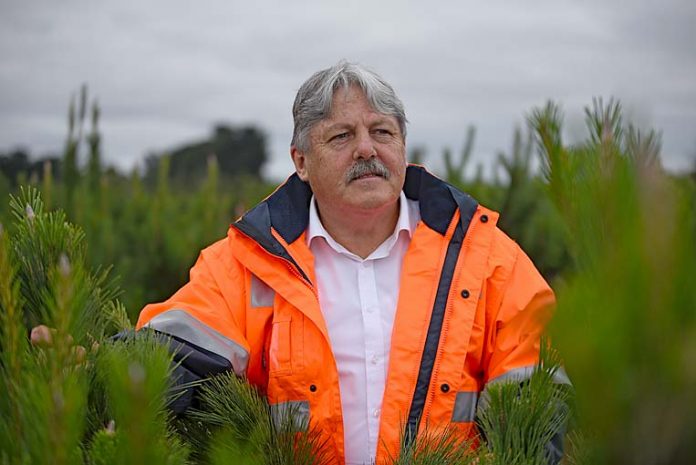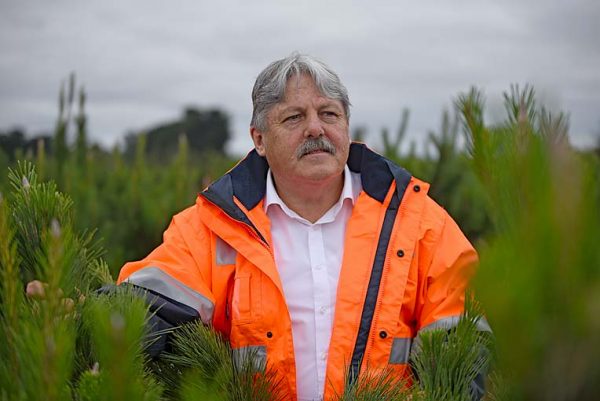

MOUNT Gambier based research into the region’s forestry industry will be significantly boosted amid a $5m windfall to drive growth and innovation in the sector.
The research funds – from both government and industry streams – will flow to the Mount Gambier National Institute for Forest Products Innovation (NIFPI) centre.
The centre – headquartered at the University of South Australia’s Mount Gambier campus – is one of just two dedicated forestry research hubs in Australia.
The new projects will focus on forest biosecurity, tree breeding, sawn softwood characteristics, forest contractor safety and forest water use.
The cutting edge research is expected to drive new opportunities and improvements in the sector, underpinning job growth and productivity.
The innovation centre is considered a major step in rebuilding the region’s forestry research capability following the closure of the CSIRO forestry research centre.
National forestry industry lobbyist Ross Hampton – from the Australian Forest Products Association – described the funding as “great news” for the forest industry.
“This substantial investment and vote of confidence in our renewable industries follows the successful first NIFPI round awarded in November 2018,” Mr Hampton said.
The association’s chief executive officer – who helped spearhead the formation of the Mount Gambier research hub – described the funding as a “proud moment” for the peak industry group.
“Research and development is vitally needed to support ongoing growth in our industries,” Mr Hampton said.
“Australia has experienced a huge decline in the number of scientists working on forestry related research.”
According to the State of the Forests Report 2018, which was released last month – there were 733 forest scientists in 2008, but just 276 in 2016.
Mr Hampton said today that number was even lower today.
“Our analysis is that getting that right is key to growing our sector by 20,000 jobs,” he said.
“The Federal Government made a promising start by allocating $4m two years ago to the Launceston and Mount Gambier NIFPI centres.
“This however is only scraping the surface of the opportunity.”
He said the association would campaign strongly in the lead up to the federal election, calling for a bipartisan support for additional funding.
The association will push for a $40m commitment to “underpin the existing two centres” and support other key NIFPI centres around Australia.
“We look forward to the growth of the NIFPI model and continued longer term funding for these centres to contribute to innovation and in turn the resilience of forest industries across Australia,” Mr Hampton said.
The Southern Tree Breeding Association – which is a world leader in its field – yesterday welcomed its $427,000 share of the funding.
Overall, the project will receive around $1m from both government and industry sources.
Association general manager Tony McRae said the innovative and novel research project could lead to a world breakthrough in the development of genomic resources for pine breeding.
He said the project aimed to adopt novel technology in breeding operations.
Dr McRae said the project would strive to transfer laboratory technologies to operational tree improvement programs in a commercial sense.
While the association had a breakthrough with eucalypt with this technology, he said this had not yet been achieved for radiata pines across the world.
Dr McRae said this project had the potential to improve the quality of wood for regional processes.
“This will be a world first if we can make it work in radiata pine – it is pretty exciting, but it will not be easy.”
“If we can apply on a commercial scale, it will be a breakthrough.”
The federal and state government contributed around $2.4m to the overall funding.







